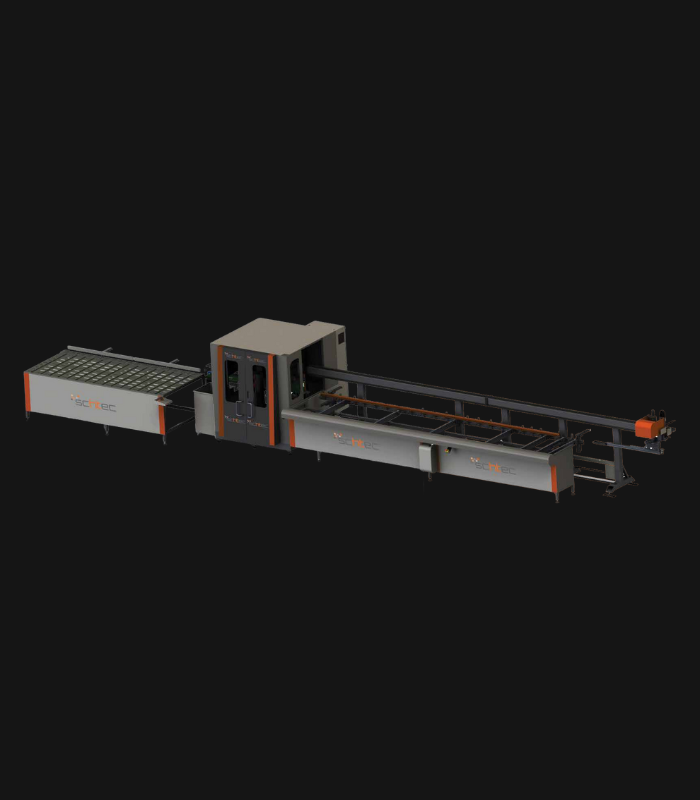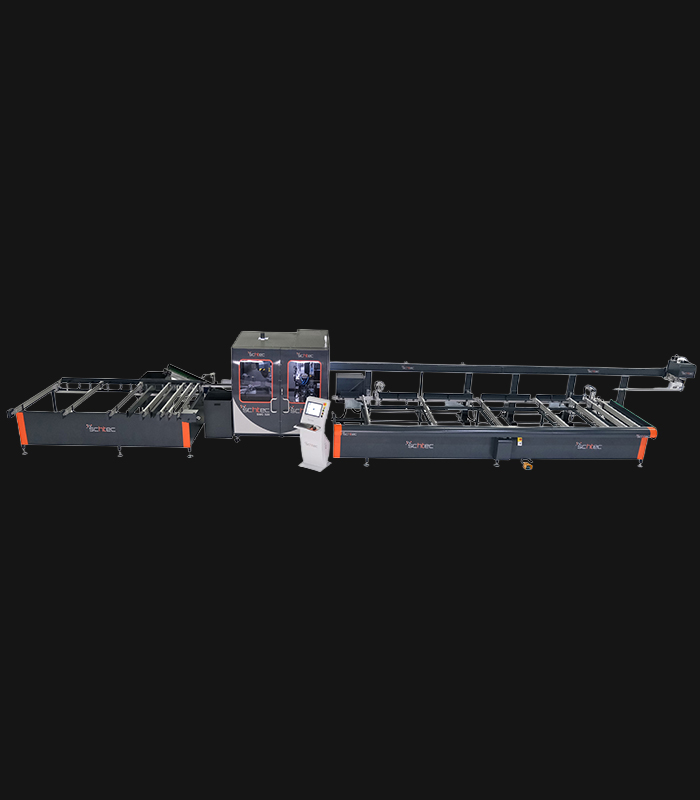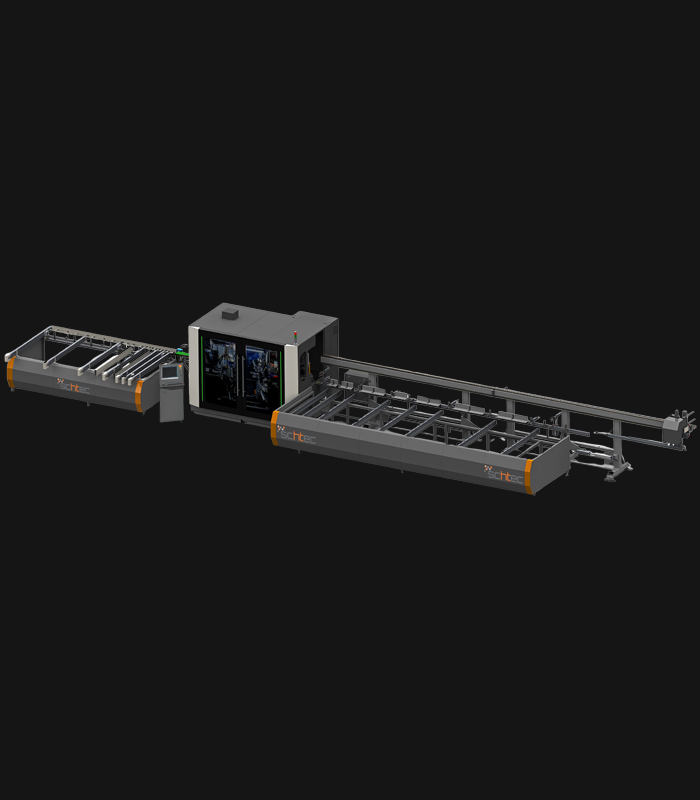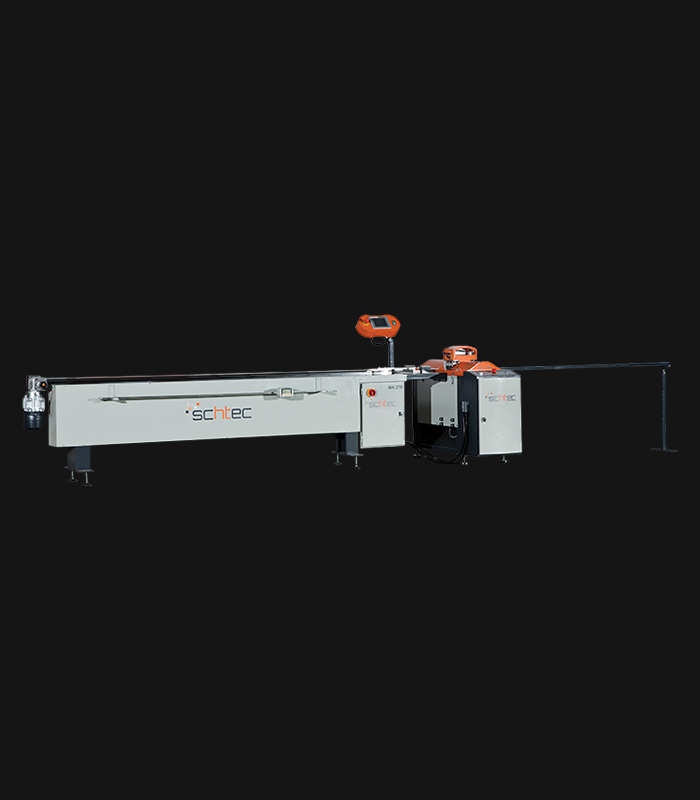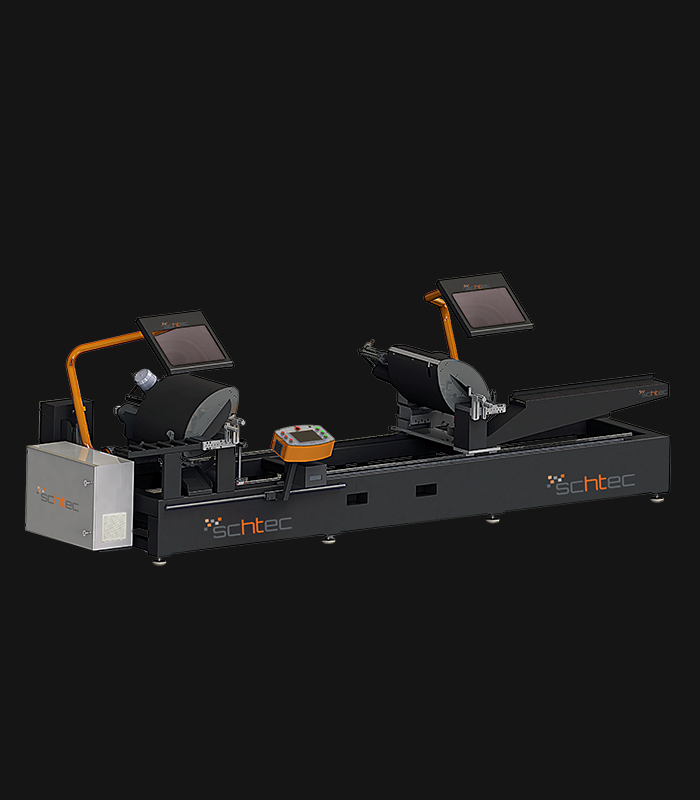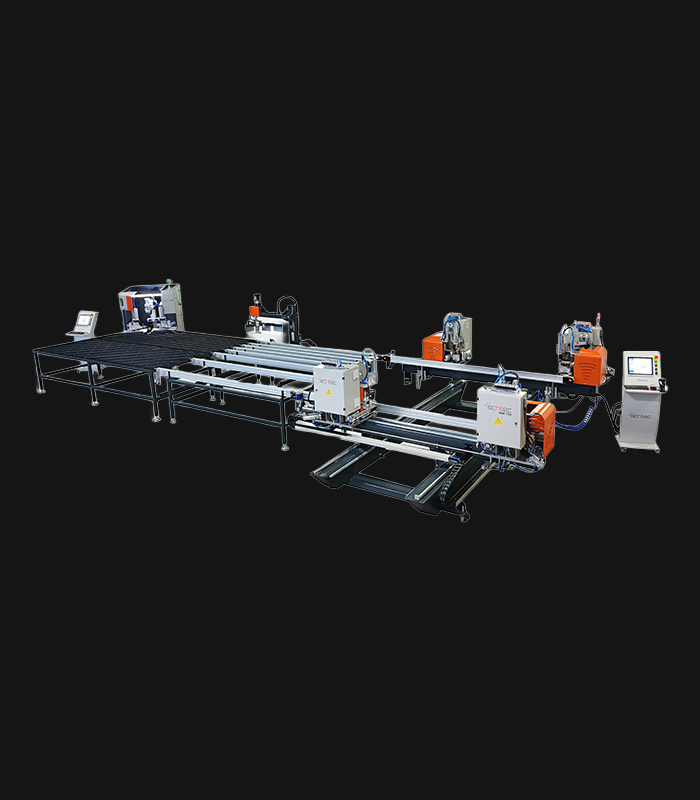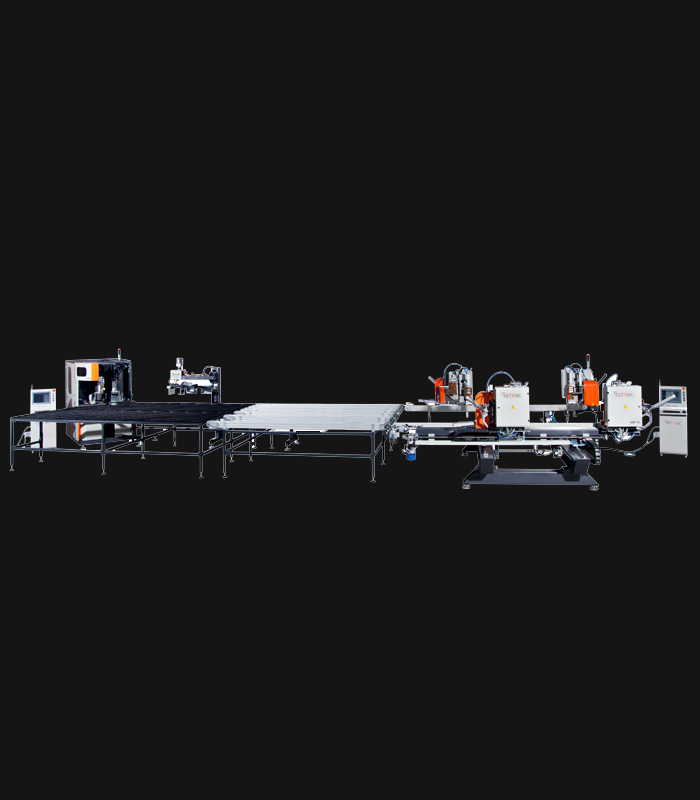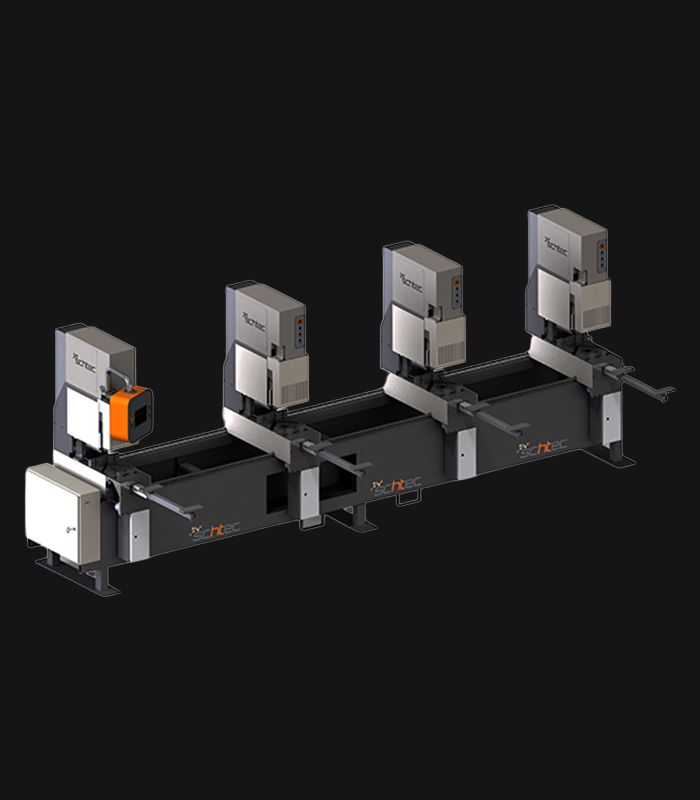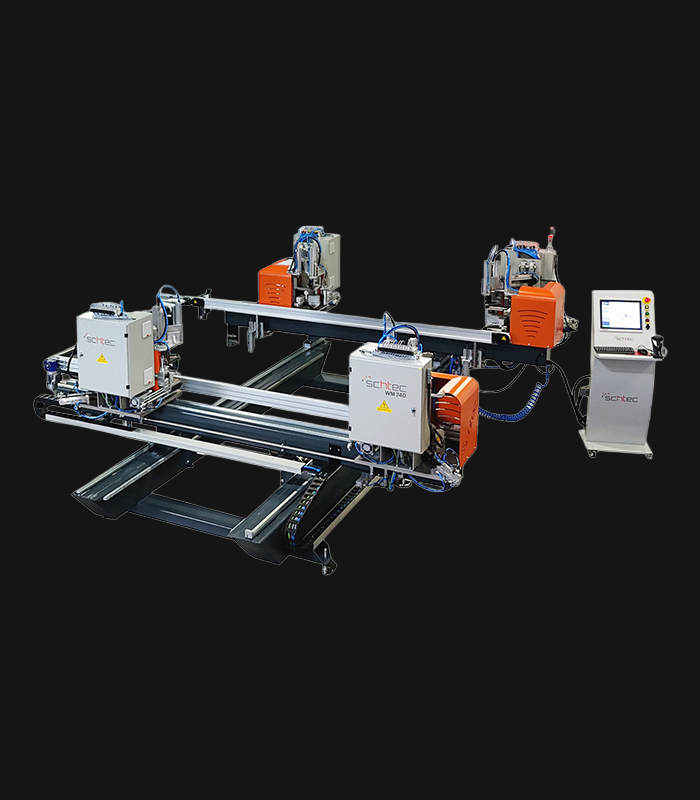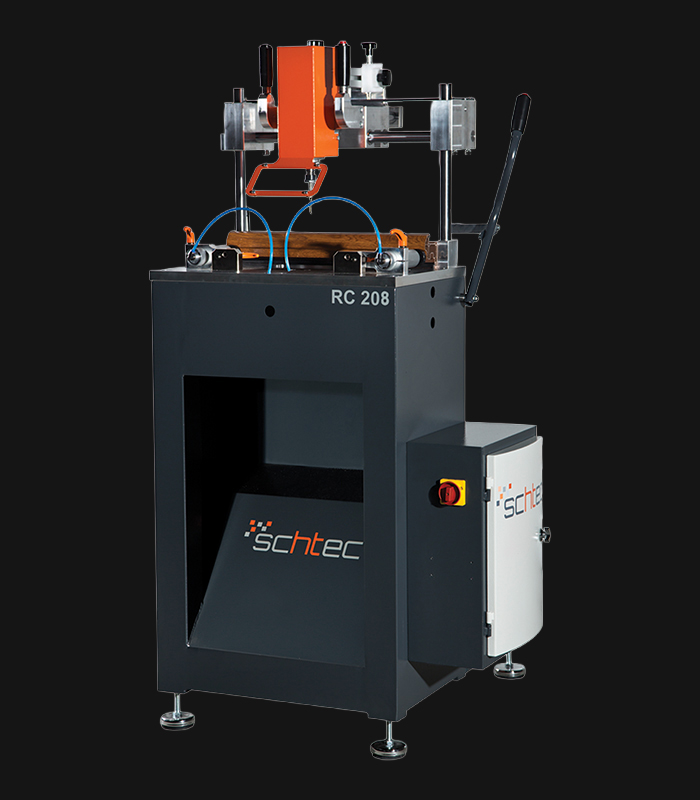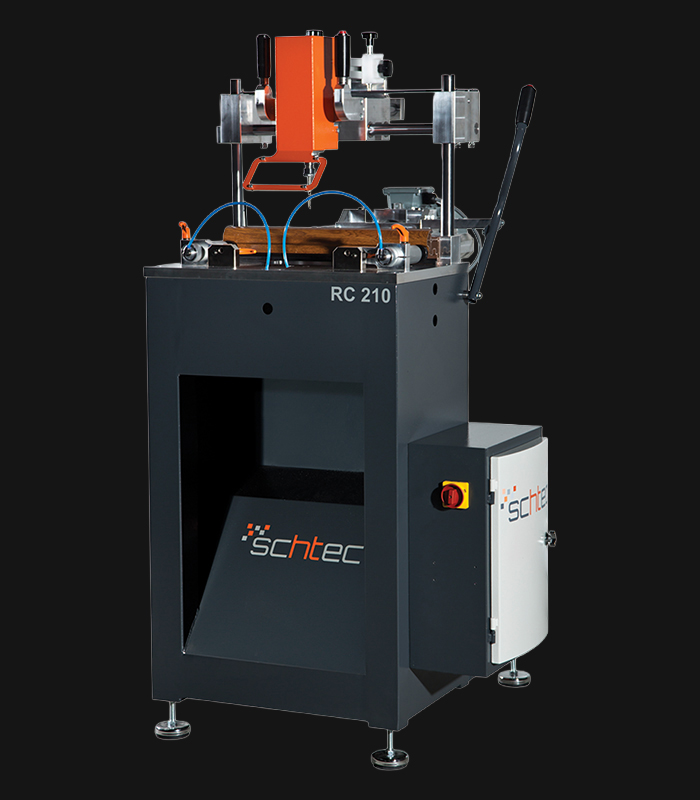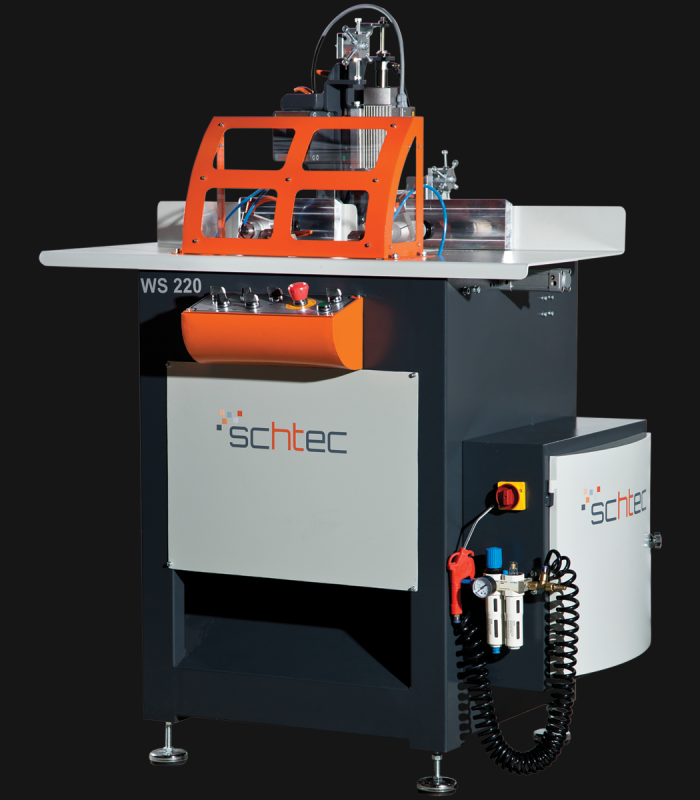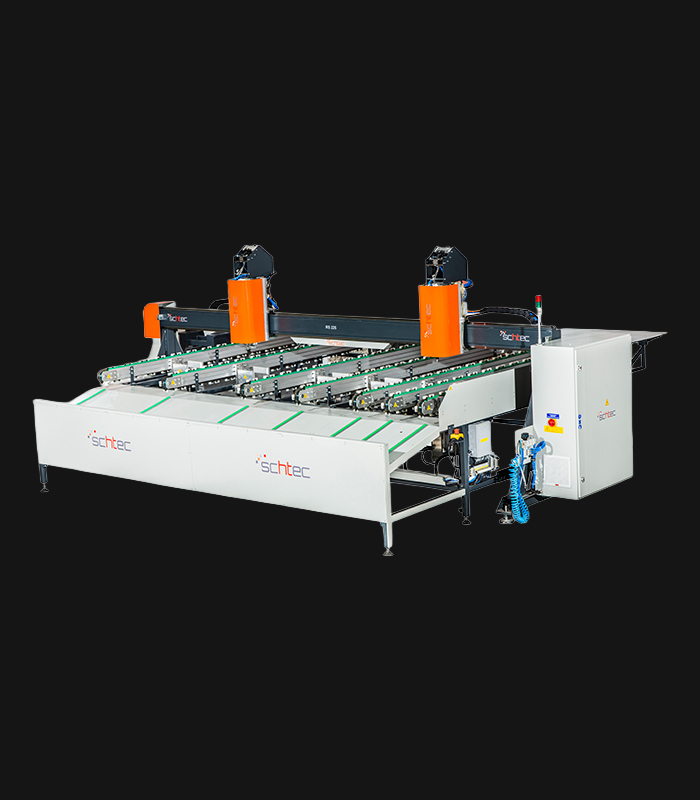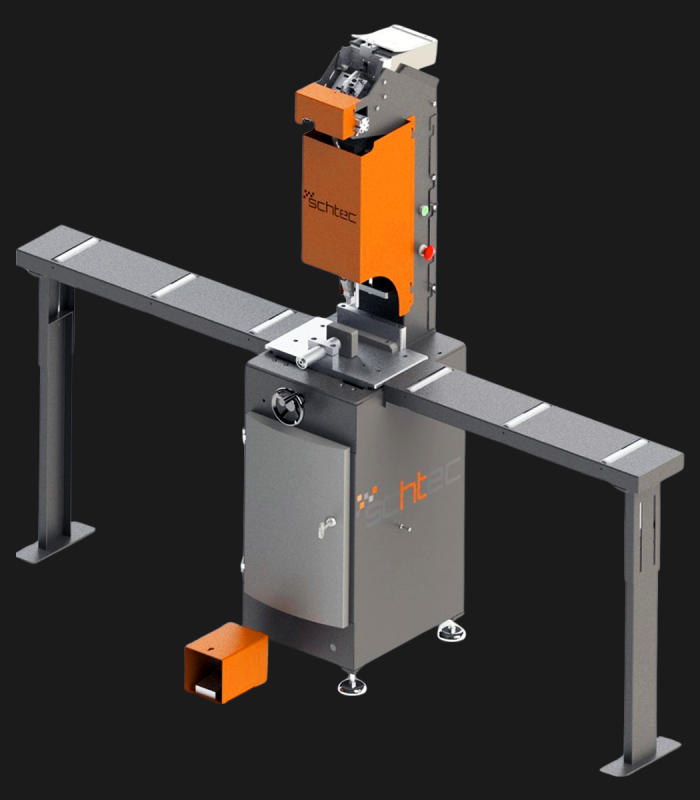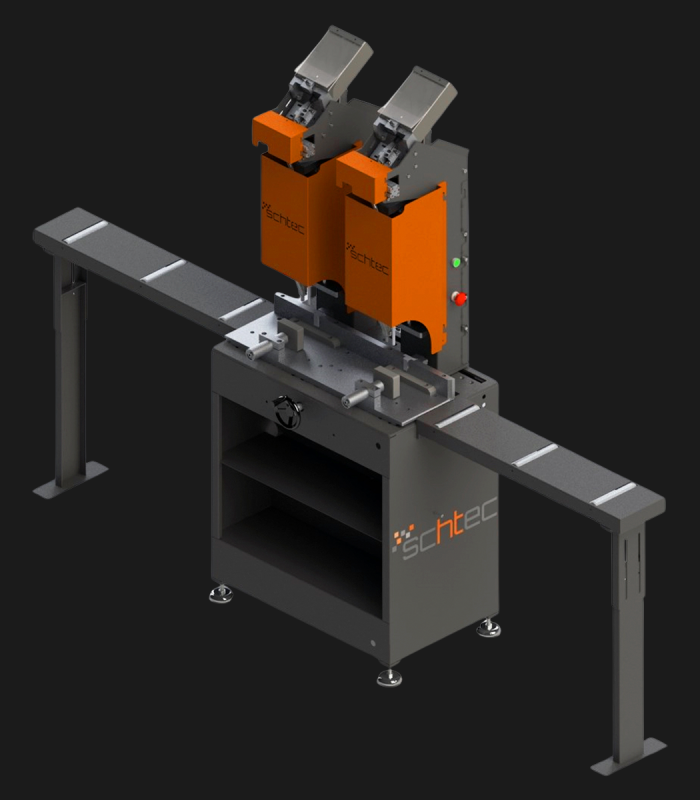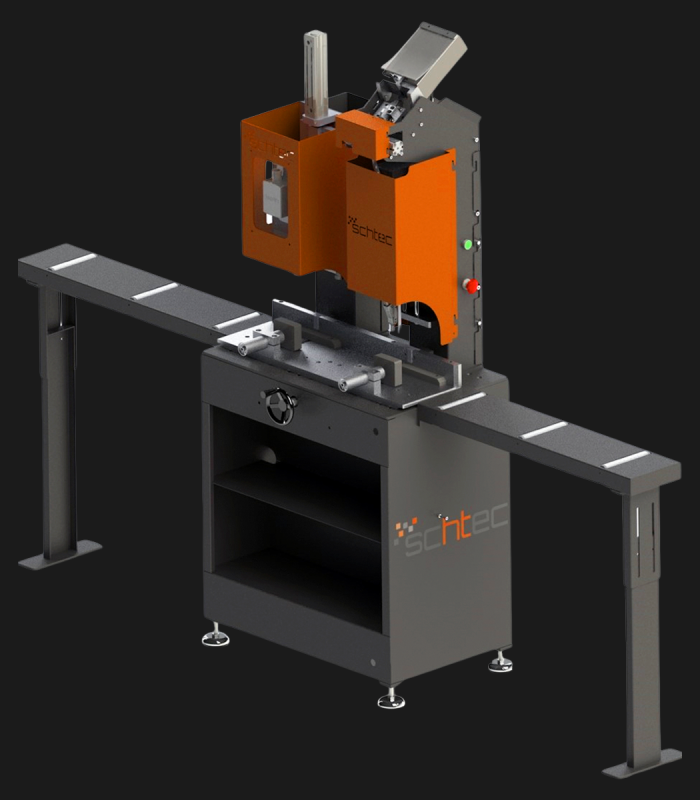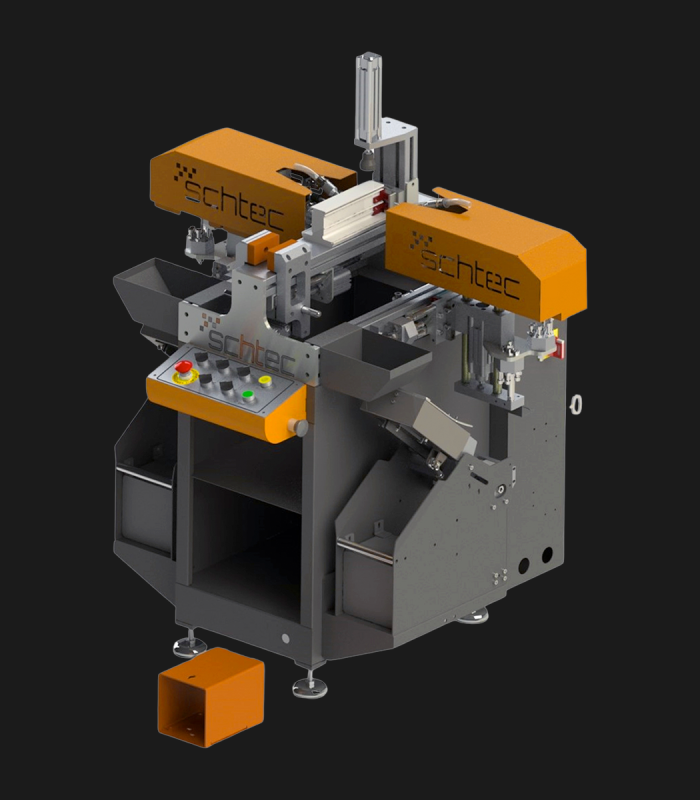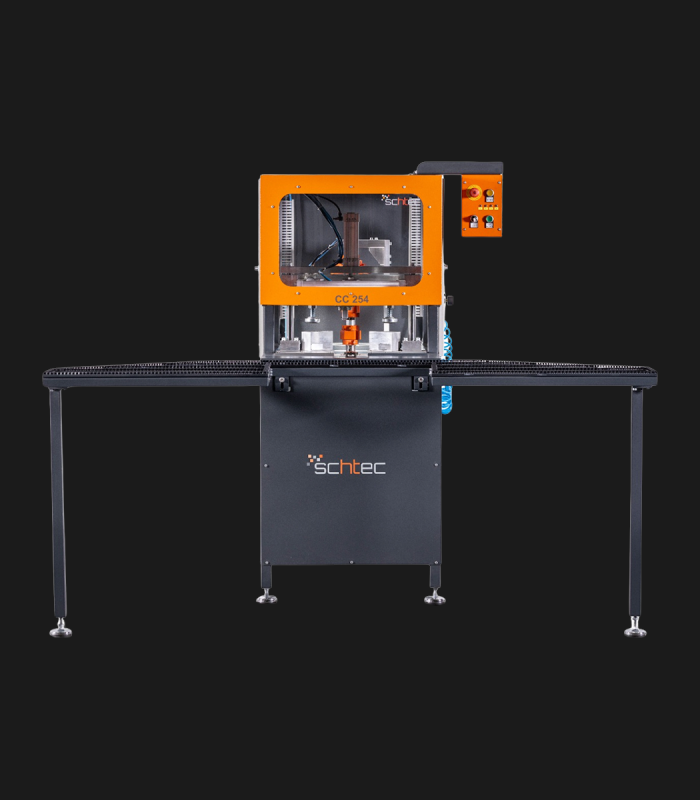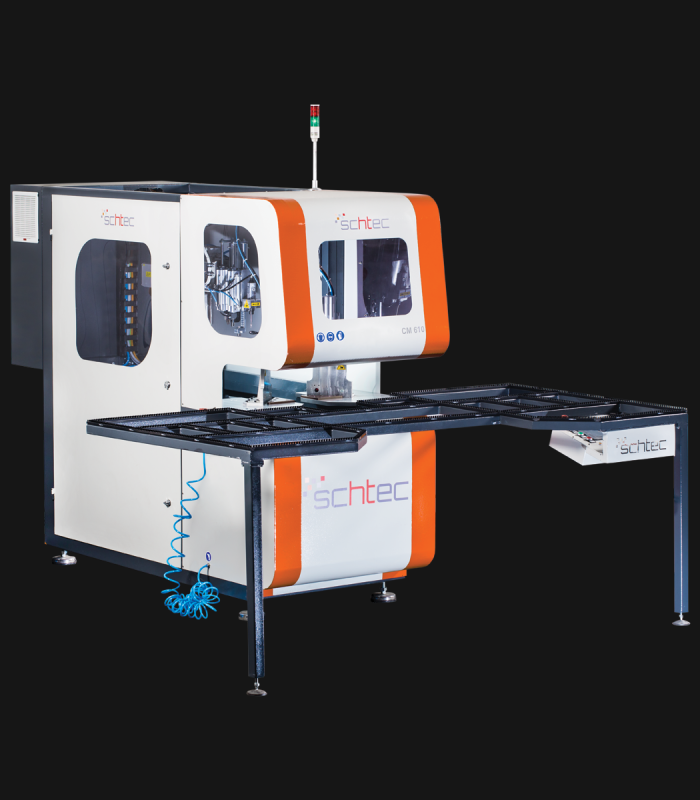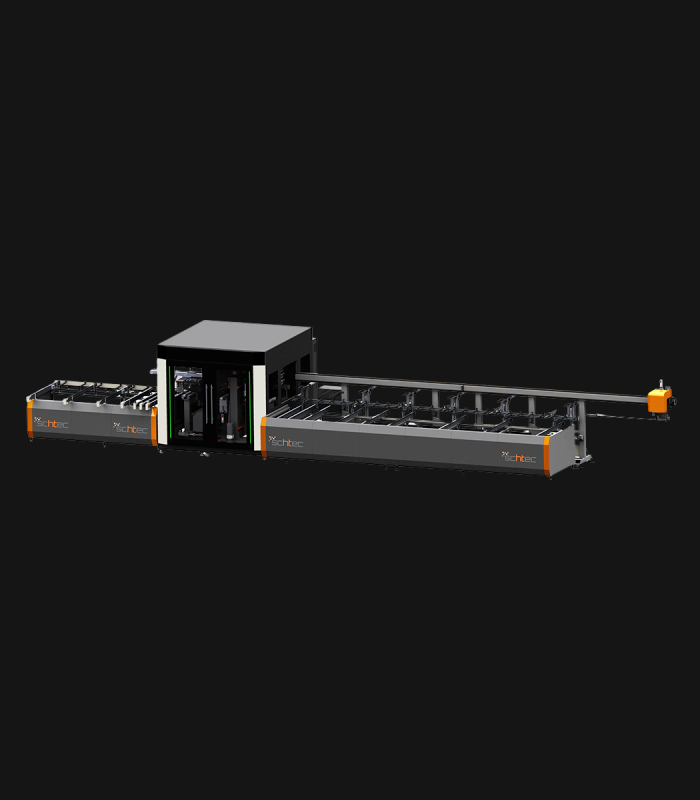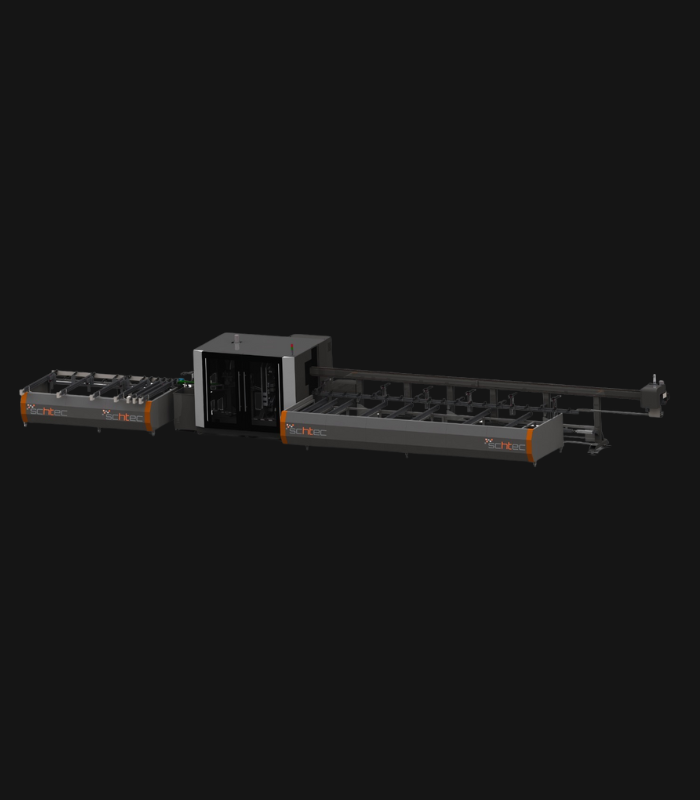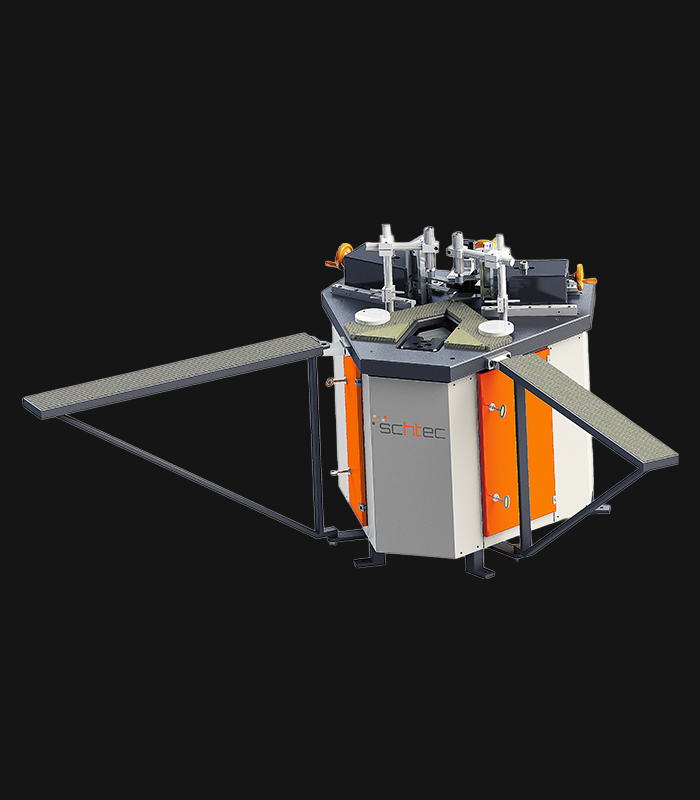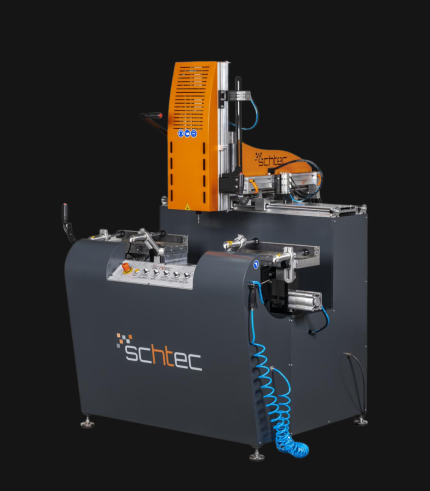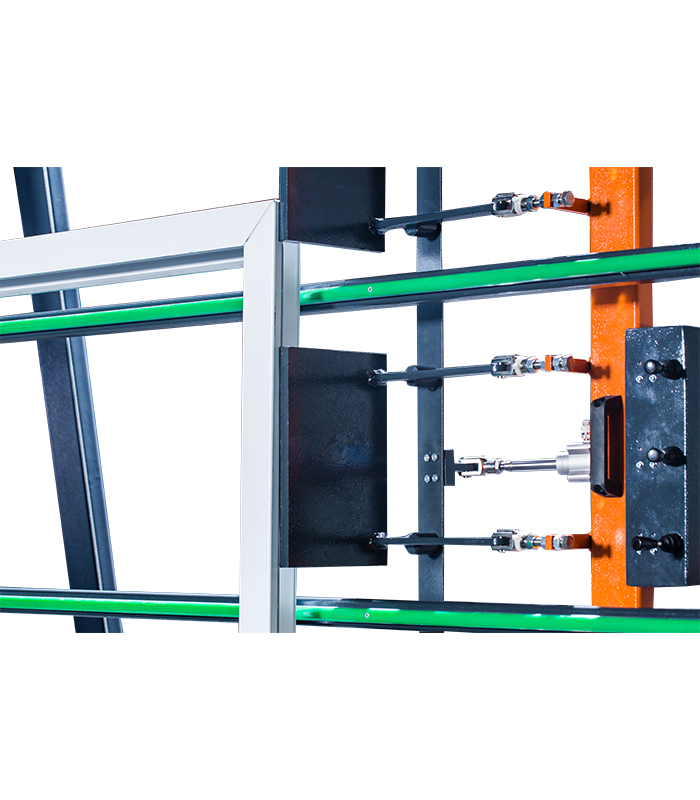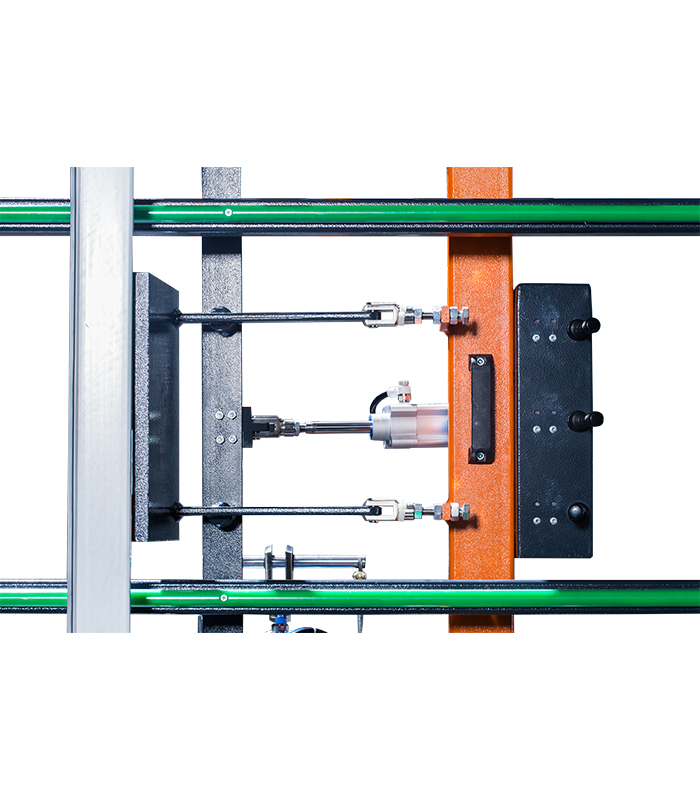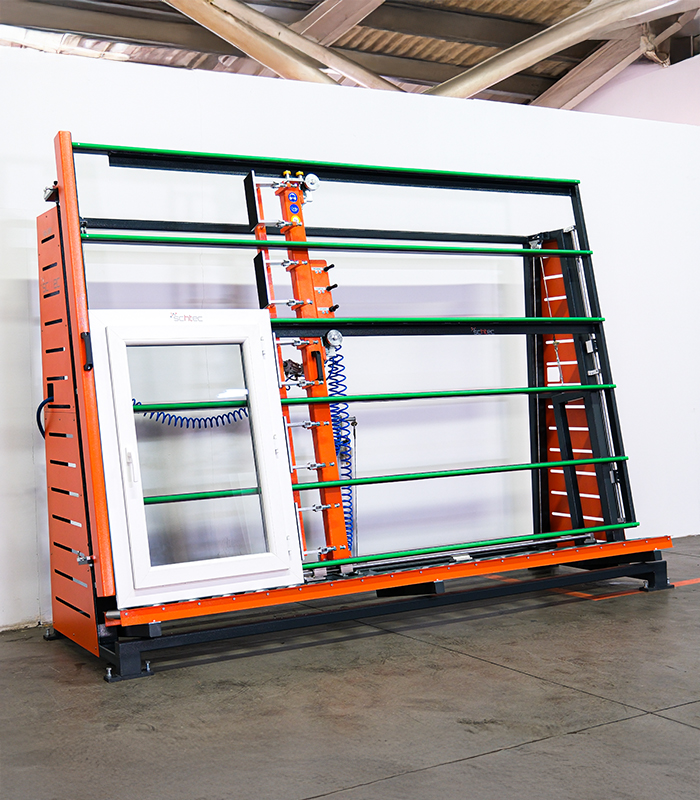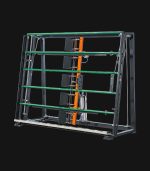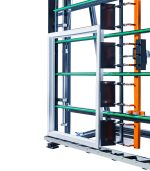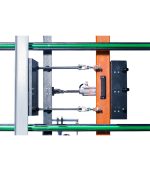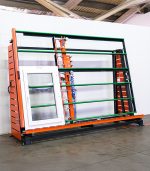GA 300 PVC Glass Assembly Machine
Schtec GA 300 for PVC glass mounting. Automated with parallel press & roller transfer (2.7m). Boosts speed, quality & standardization.
GA 300 Technical Specifications
| Max. Window Length (X Axis) | 2,700 mm |
| Min. Window Width (Y Axis) | 300 mm |
| Air Pressure | 6–8 bar |
| Air Consumption | 12 lt./min |
| Machine Height | 2,420 mm |
| Machine Length | 3,000 mm |
| Machine Width | 910 mm |
| Machine Weight | 370 kg |
Standard Features
- Fast installation of glass on the windows and doors
- Glazed joinery transferring to package on rollers
- Parallel block clamps allow you to set an appropriate balance
Product Description
The SCHTEC GA 300 is a professional production solution for fast, safe, and precise glass mounting onto PVC window and door frames. It supports frames up to 2.7 meters and uses a parallel pressing unit to ensure balanced, accurate placement of glass. Raising 50cm for a better workspace. After assembly, frames are automatically transferred to the packaging area via a roller system. With a compact design, weighing only 370 kg and consuming just 12 L/min of air, it operates efficiently even in small spaces. Automated processes reduce manual intervention, boost production speed, and minimize operator dependency. Exported to over 65 countries, the GA 300 delivers speed, quality, and standardization in glass assembly.
Frequently Asked Questions
Find quick answers to common questions about our Accessory Assembly Machines.


